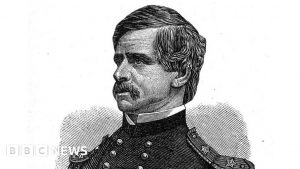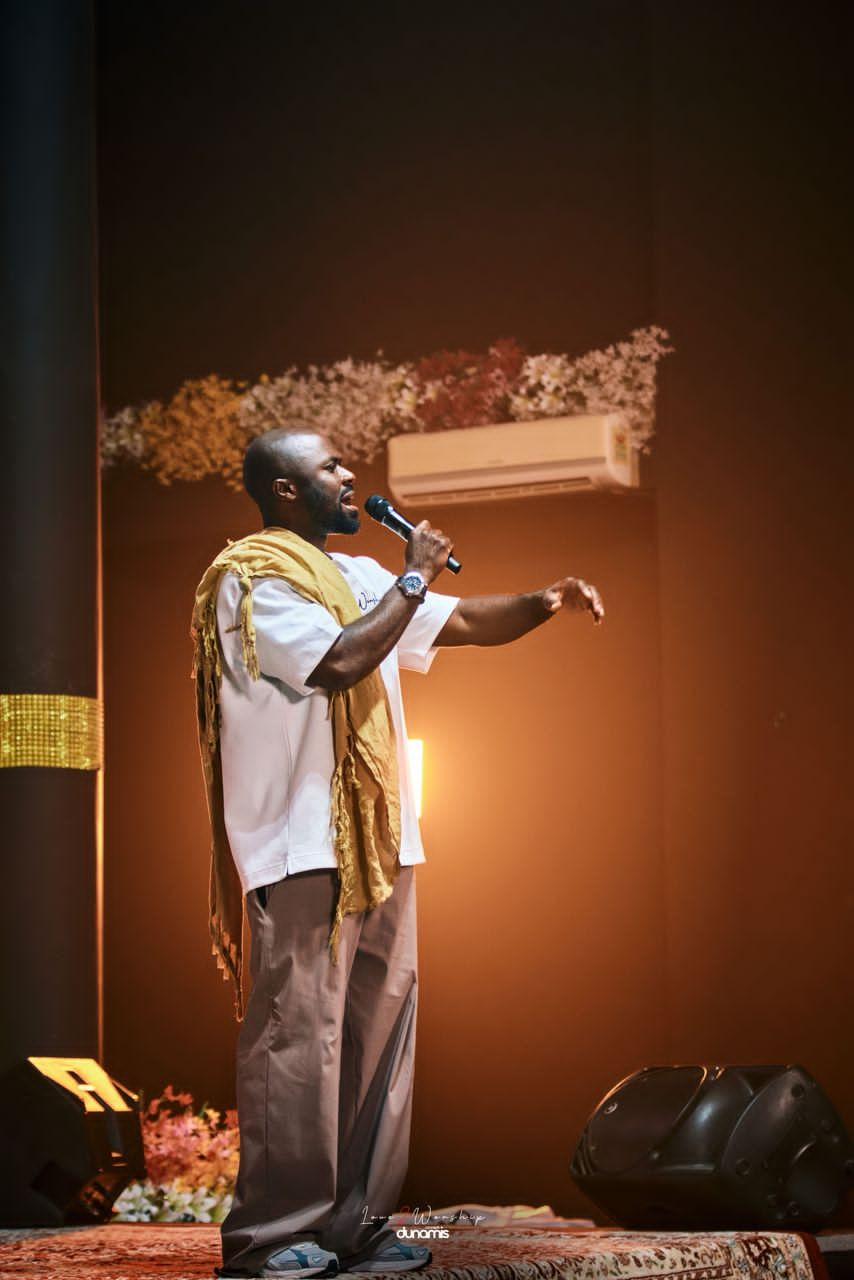
Only 14 Speaker elections in the body’s 234-year history required multiple ballots, and only seven of those required more than 10.
William Richardson, an anti-slavery Democrat from Illinois, faced off against Nathaniel Banks, an anti-slavery American Party member from Massachusetts, in December 1855. Both men were Democrats.
At the time, a majority in the House of Representatives only required 113 votes, but the subject of slavery sowed division among the body.
Mr. Banks had garnered 100 votes by the 33rd ballot, falling just short of the majority.
As the election went on till late January, anger turned to rage when a pro-Mr. Banks New York Tribune supporter was beaten by an anti-slavery Democrat, congressman Albert Rust of Arkansas, outside the Capitol.
Democrats shifted their allegiance from Mr. Richardson to South Carolina Representative William Aiken Jr. in February.
Congress explored switching from a majority-vote system to a plurality system at the same time. That meant a winner might be chosen even if he—at the time, they were all men—did not receive 50% of the vote.
The plurality-vote system, which was decided upon on February 2, enabled Mr. Banks to defeat Mr. Aiken by a score of 103 to 100.
By the way, the Republican front-runner Kevin McCarthy would lose to the Democrat Hakeem Jeffries if there were a majority vote today.

Other stories
After 15 vote rounds, Kevin McCarthy is chosen as the Speaker of the US House.
Son of Jackie Appiah displays money
Friends handed me a hard drug-laced beverage, and Moesha finally speaks about repentance (WATCH)
4 FIFA World Cup moments involving Black Stars in 2022
NDC polls: We voted against Ofosu-Ampofo for hobnobbing with NPP – Yamoah Ponko








